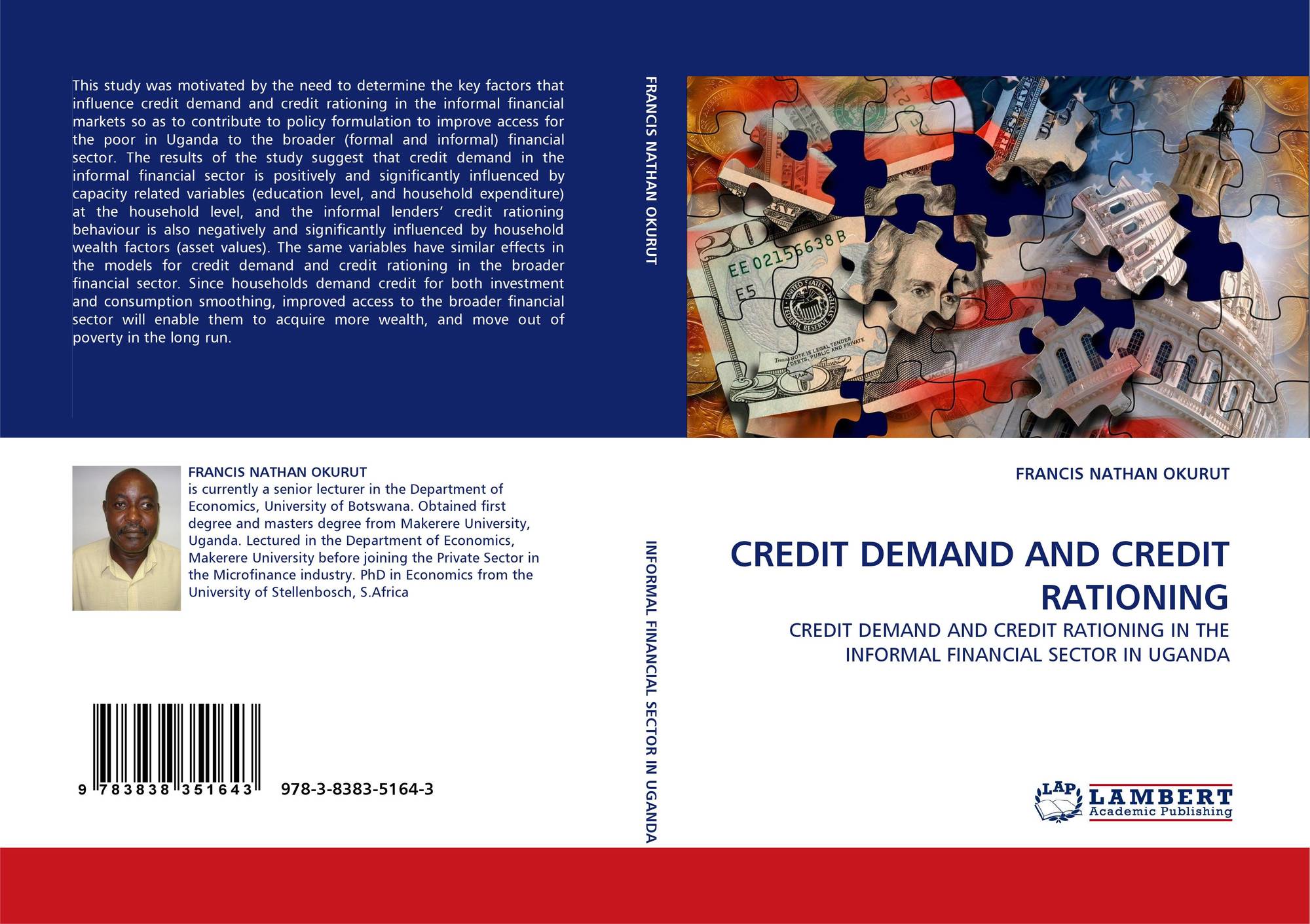
Further, we allow the effects of monetary policy to vary with bank balance-sheet strength, in particular, leverage and exposure to government debt. We separate the effects of monetary policy, proxied by changes in short-term rates, from those of macroeconomic conditions by controlling for real GDP growth and inflation (as well as nominal exchange rate and terms of trade in robustness checks). Alternatively, we compare loans to the same firm borrowing in the same period from different banks. The granularity of the data allows us to compare loans to firms in narrowly defined clusters (all firms in the same industry and district) borrowing in the same quarter from different banks. To overcome this identification issue, we use a supervisory loan-level credit register which covers all corporate loans extended by banks in Uganda, including loan applications and rates, matched with bank balance sheets and regional macroeconomic indicators. While the chart illustrates a strong negative association between credit and the short-term interest rate, the key empirical challenge is to isolate changes in loan supply from changes in loan demand, given that aggregate macroeconomic shocks affect bank credit through both the bank lending and the firm borrowing channels.įigure 1 Monetary conditions and bank credit Following the tightening, credit growth collapsed to negative levels by the second half of 2012. These developments are illustrated in Figure 1, which shows year-on-year credit growth soaring to more than 30% in early 2011. After the tightening of monetary policy, the economy slowed down and the Bank of Uganda gradually cut the policy rate by a total of 1,100 bps. 2 This monetary tightening followed inflationary pressures from a large commodity price shock. In the second half of 2011, the Bank of Uganda raised the policy rate by a cumulative 1,000 basis points (bps).

Between the second half of 2010 and June 2014, monetary conditions ranged from highly contractionary to highly expansionary. Uganda is a fast-growing East African economy which experienced largely unanticipated variation in monetary policy during our period of analysis (2010–2014). In a recent paper, we test the bank lending channel of monetary policy in developing countries using Uganda as a laboratory for identification (Abuka et al.

Prior studies document a weak or non-existent bank lending channel, but are confronted with data and methodological limitations.

The role of banking-both its existence and governance-seems so essential to understanding how for example monetary policy is transmitted to the economy” (Blanchard 2014). Olivier Blanchard, IMF Chief Economist, argues that “the macroeconomics of low-income and of advanced economies are incredibly different. Stanley Fischer, the Federal Reserve's Vice Chairman, points out that in developing countries “interbank markets are still underdeveloped, and, even though some central banks use policy rates, changes to these policy rates have only limited effect on other interest rates and on the economy more generally” (Fischer 2015). This question is particularly pressing for developing countries, where the channels of monetary policy are impeded by financial underdevelopment and weak institutions (Beck et al. The ability of monetary policy to influence credit and the real economy is of central concern to policymakers and academics.


 0 kommentar(er)
0 kommentar(er)
